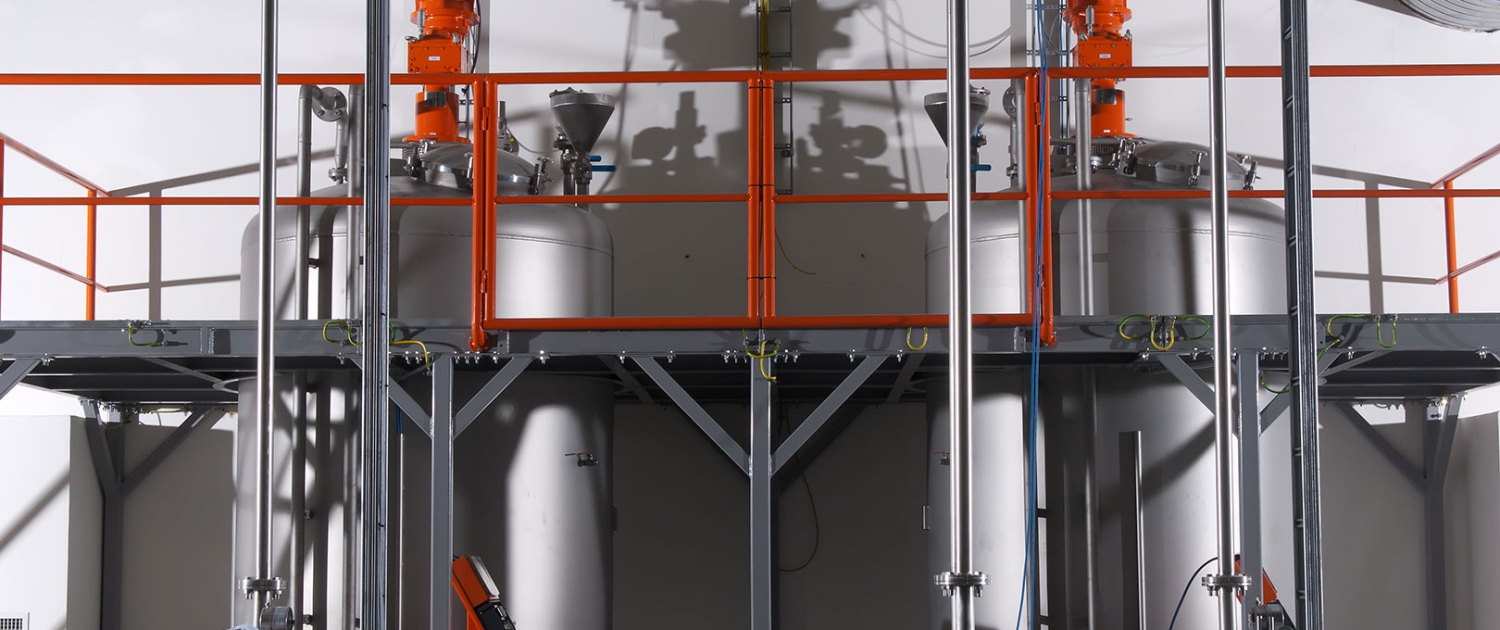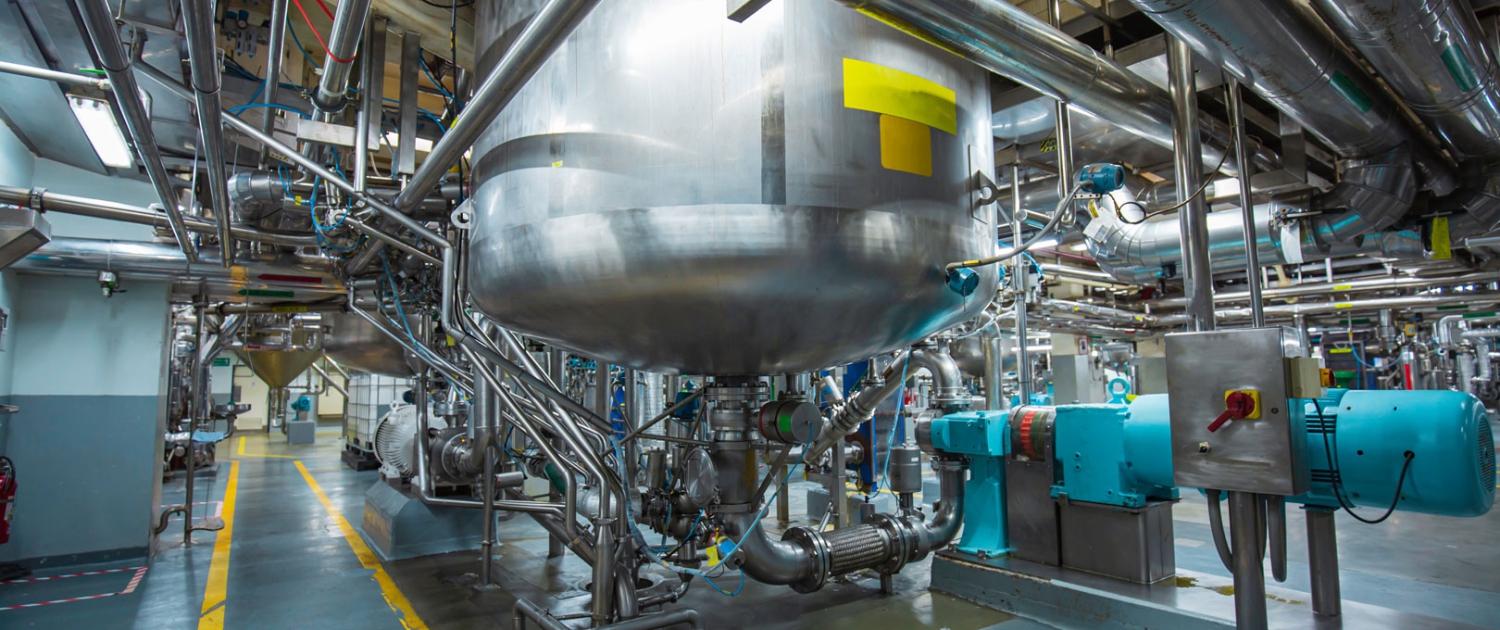Chemical tanks are crucial components in many industries, but achieving a flawless, long-lasting coating can be a challenge. This is where our expertise comes in. We understand the importance of proper tank design for optimal coating adhesion and performance. In this guide, we’ll explore the key factors in chemical tank design that influence coating success and how our coating solutions can elevate your tanks to a whole new level.
Key things to consider when designing a chemical tank
When designing a chemical tank, several key considerations are crucial for optimal functionality and longevity:
Tank Design for Coating Application:
The tank design must allow for easy access during coating application. This might involve:
- Large enough openings with removable lids to facilitate access for spraying equipment.
The ability to position the tank for optimal coating (e.g., tilting or hanging for even application). - Internal Features: We need to consider how internal components like baffles, mixers, or heating elements might affect coating application. The design should allow for complete coverage by the chosen application method.
- Weld Considerations: For the best coating adhesion, we should specify inside welds ground smooth. Improper welds can leave pinholes that trap gasses and compromise the coating’s integrity.
- Surface Area: The tank’s size and shape will impact coating thickness and application methods. Thin gauge materials may not hold heat well for proper curing of thicker coatings, especially for high-temperature applications.
Coating Properties and Functionality:
Identify the specific functionalities required from the coating. Some options include:
- Impermeability to Gasses: This is crucial for storing volatile liquids or compressed gasses. Fluoropolymer coatings are a potential solution here.
- Smooth, Easy-to-Clean Surfaces: This is essential for tanks requiring frequent cleaning.
- Specific Colors or Markings: We may need the coating to have specific colors or markings for identification or safety purposes.
- Coating Thickness: The optimal coating thickness depends on factors like chemical resistance requirements and expected mechanical wear.
- Curing Considerations: The coating’s curing process needs to be factored into the design. High curing temperatures might necessitate specific tank materials that can withstand the heat.
Chemical Compatibility:
The coating chosen must be absolutely compatible with the chemicals the tank will hold. This means considering:
- Chemical Resistance: The coating should resist degradation, swelling, or contaminant leaching when exposed to the stored chemicals.
- Temperature extremes: Will the chosen coating withstand the expected temperature range of the chemicals? Different coatings have varying temperature tolerances, so this is a vital factor.
Additional Considerations:
- Maintenance and Inspection: The tank design should allow for easy inspection of the coating for signs of wear or damage. Consider incorporating access ports or removable panels for future maintenance needs.
- Environmental Regulations: The chosen coating must comply with any relevant environmental regulations regarding VOC emissions or disposal requirements.
- Quality Assurance: Proper quality testing and inspection is a critical step in the application. We make sure your coating is thoroughly tested for your specific application.
Coating types
Polymer tank coatings:
- Belzona tank coatings
- Arc tank coatings
Liquid tank coatings:
- Jotun tank coatings
- ChemLINE tank coatings
- International tank coatings
- Hempel tank coatings
- PPG tank coatings
- Carboline tank coatings
Fusion Bonded Epoxy tank coatings:
- Nylon tank coatings
Fluoroplymer tank coatings:
- FEP tank coatings
- ECTFE or Halar tank coatings
- ETFE or Tefzel tank coatings
- PFA tank coatings
- PVDF tank coatings
- Xylan tank coatings
By understanding the interconnectedness between tank design and coatings, you can ensure your tanks operate at peak performance for many years. Our team of specialists is here to help you achieve just that.
CONTACT US TODAY
Learn how we can help design and coat your chemical tanks for optimal functionality and longevity.



